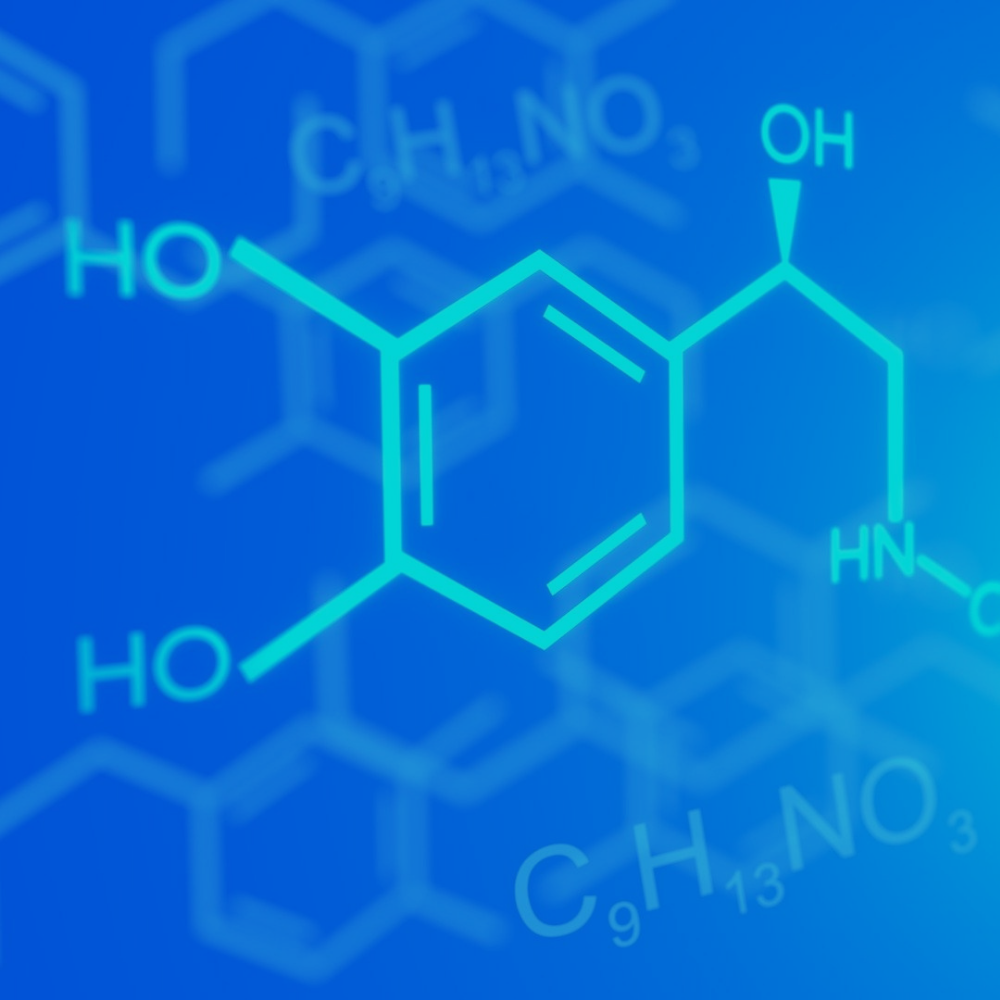

Abdul Waris
The increasing of global energy demand pleads in favor of a sustainable improvement of nuclear energy, since resources will tend to get scarcer and the prospect of global warming will drive down the consumption of fossil fuel sources. Nuclear spent fuel management is considered to be a crucial problem in this context. Recycling after reprocessing is one of the options for dealing with nuclear reactor spent fuel. Reprocessing is very costly and needs remote handling since spent fuel is very hazard high level waste. On top of that, only a small number of countries are permitted to have a reprocessing plant. If country likes Indonesia decide to “go nuclearâ€Â, it should find another way to deal with the nuclear spent fuel. Korea has proposed the DUPIC (Direct Utilization of Spent PWR fuel In CANDU) concept. Nevertheless, DUPIC concept requires two types of nuclear power plants, i.e., pressurized water reactor (PWR) and CANadian Deuterium Uranium reactor (CANDU). This concept is too expensive for Indonesia. We have proposed a scheme of direct recycling of spent light water reactors (LWR) fuel in LWR system, under the concept that we have called as a SUPEL (Straight Utilization of sPEnt LWR fuel in LWR system) scenario. There are two types of LWR, namely: pressurized water reactor (PWR) and boiling water reactor (BWR). In this previous study, we have investigated the analysis of direct recycling of spent PWR fuel in PWR system and also the analysis of direct recycling of spent BWR fuel in BWR system, under the concept of SUPEL scenario. However, in these previous studies, the analyses have been conducted only at fuel cell stage. In other words, only two-dimensional analysis has been performed. In this proposed research, we will perform the three-dimensional core analysis of direct recycling of Advanced PWR (APWR) AP100 spent fuel in APWR system, under the concept of SUPEL scenario.